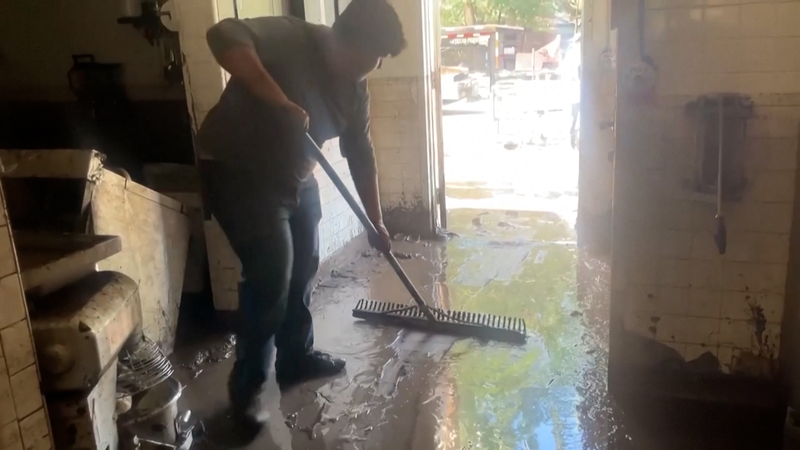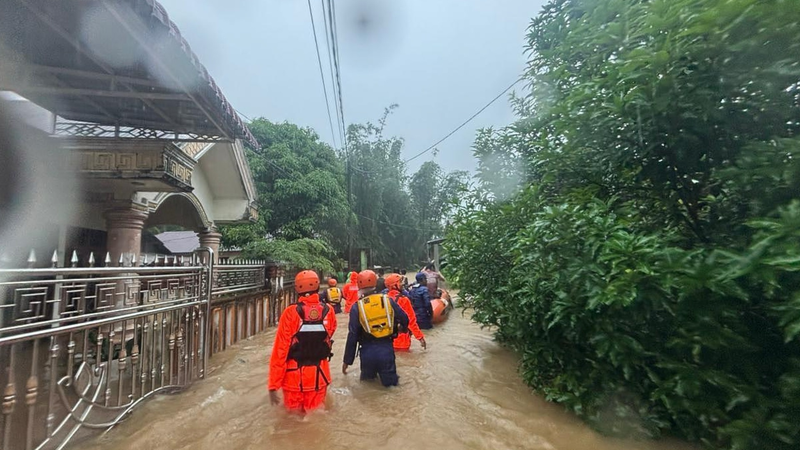As the U.S. government shutdown enters its second week, the National Flood Insurance Program (NFIP) has ground to a halt, leaving a vital safety net offline at a critical moment.
Backed by roughly $70 billion in annual economic activity, the program can no longer issue new policies or renew existing coverage. The pause comes as Florida residents brace for peak hurricane season, adding stress to coastal communities already facing rising sea levels and extreme weather.
With no flood coverage, many feel exposed. Miami homeowner Maria Lopez struggled to secure a mortgage renewal without an active policy. Across low-lying neighborhoods, buyers and banks alike are pausing deals until the NFIP resumes operations.
Experts warn that the shutdown-driven suspension could ripple through the real estate market, slowing construction projects and pushing up costs for homeowners who depend on federal backing to protect against flood damage. Small businesses in waterfront towns are also bracing for potential losses without insurance guarantees.
From Miami's bustling streets to the bayous of Louisiana, the NFIP freeze underscores how political gridlock can stall programs that underpin local economies and resilience efforts. As lawmakers negotiate funding, communities and insurers await clarity on when the lifeline will be restored.
For now, residents along the Gulf Coast are monitoring forecasts closely and exploring private insurance options—often at higher premiums—to fill the gap left by the halted federal program.
As reported from Miami by CGTN’s Nitza Soledad Perez, the program freeze highlights the real-world impact of the funding gap.
Reference(s):
Federal flood insurance program halts amid government shutdown
cgtn.com




